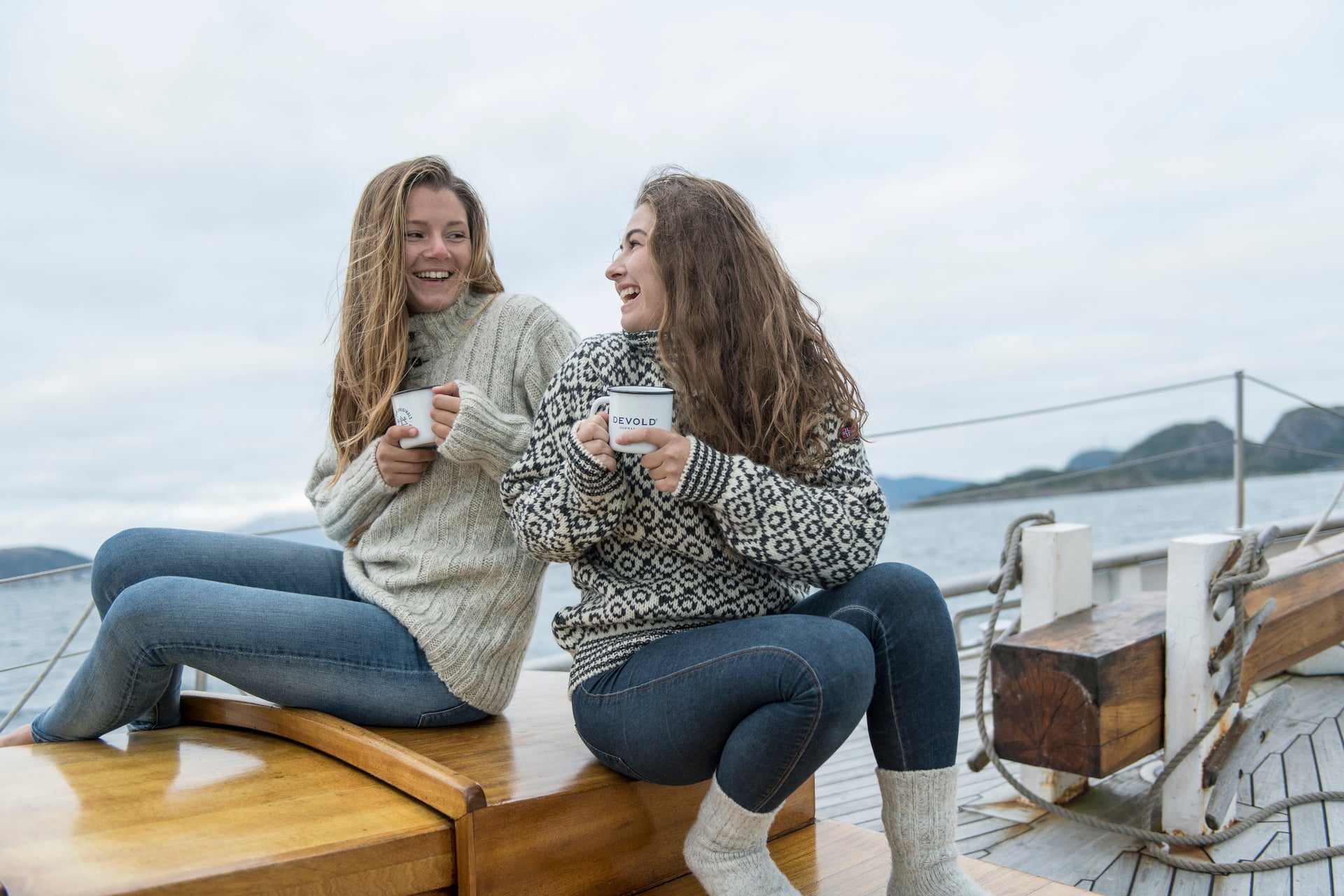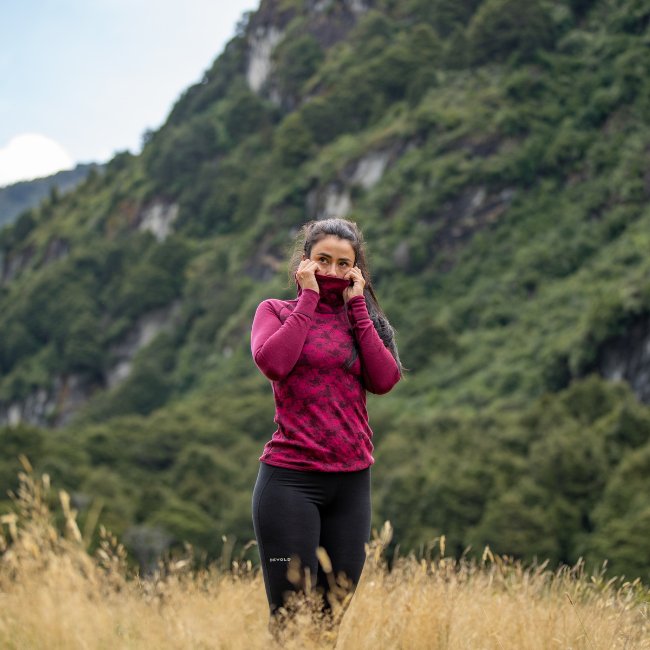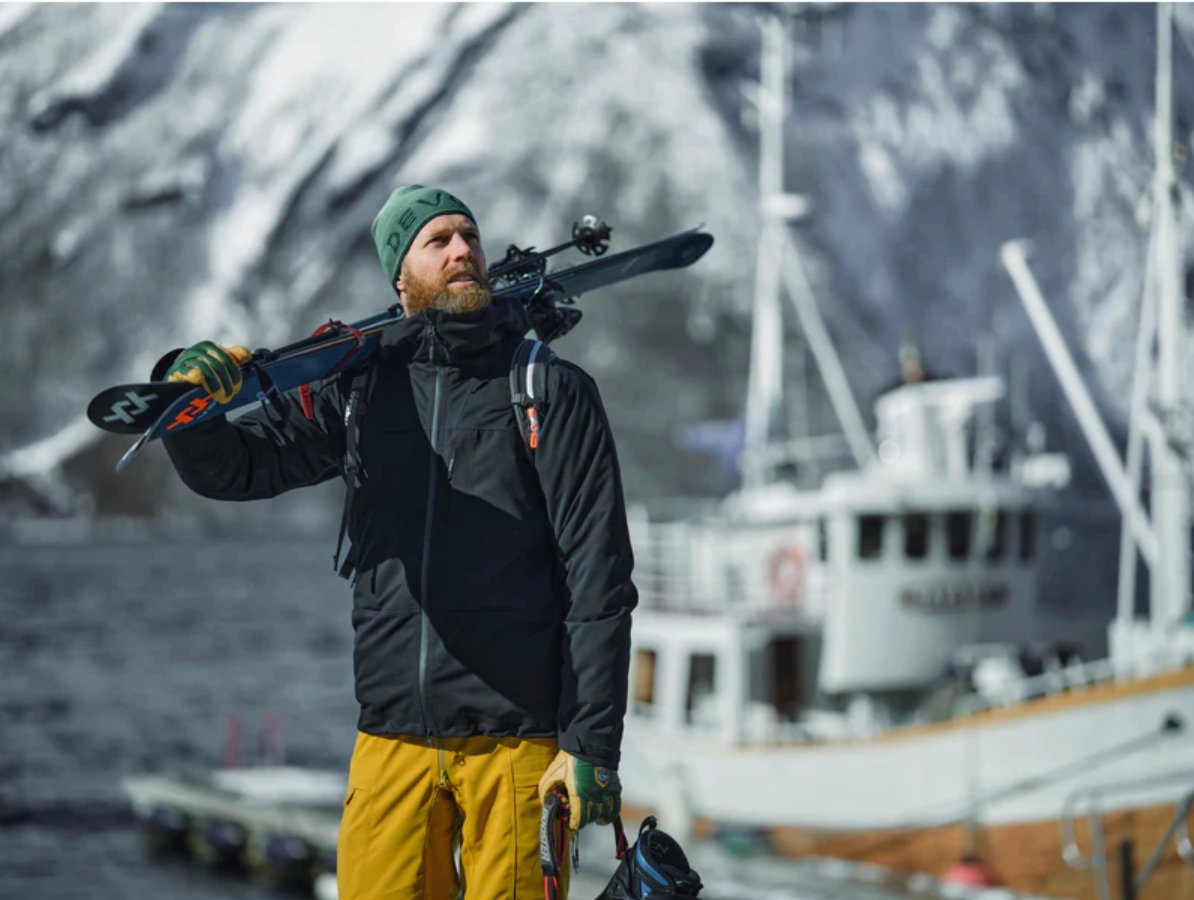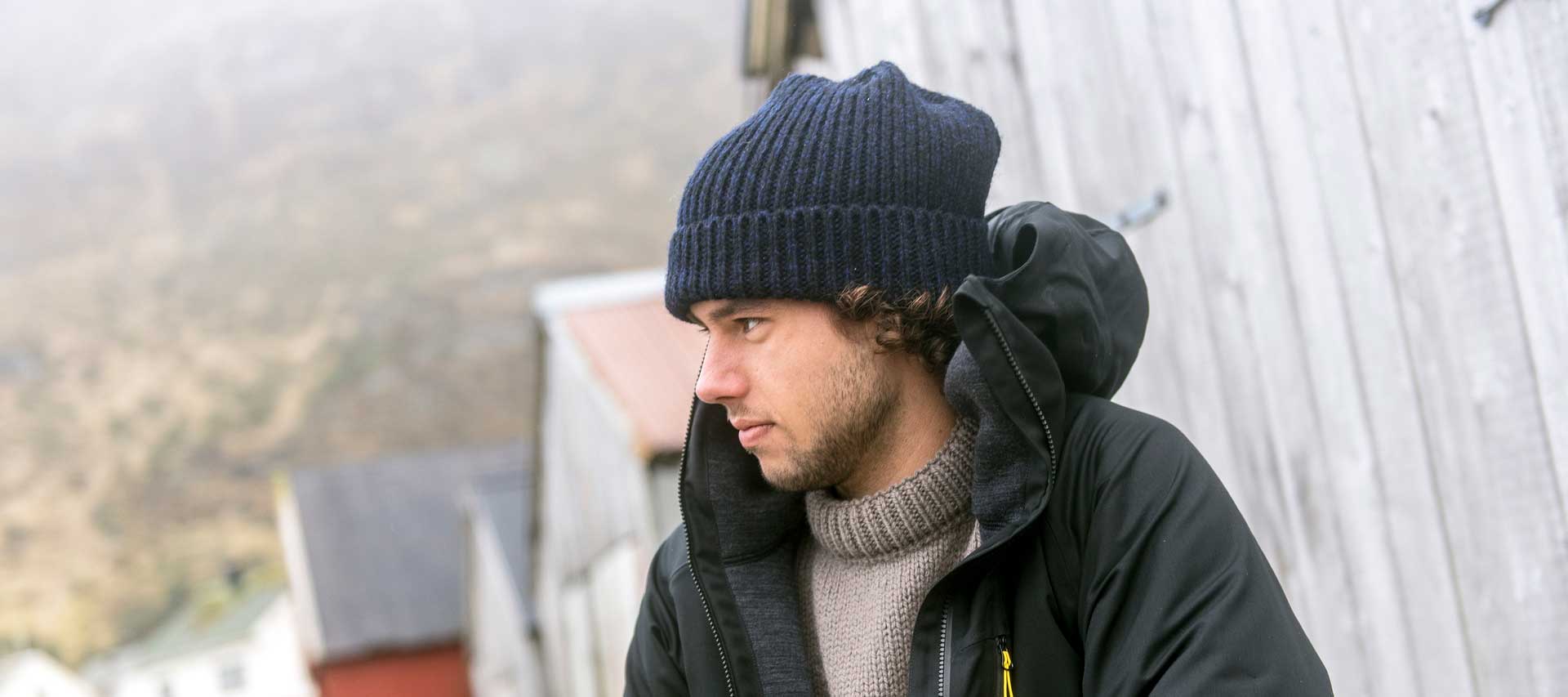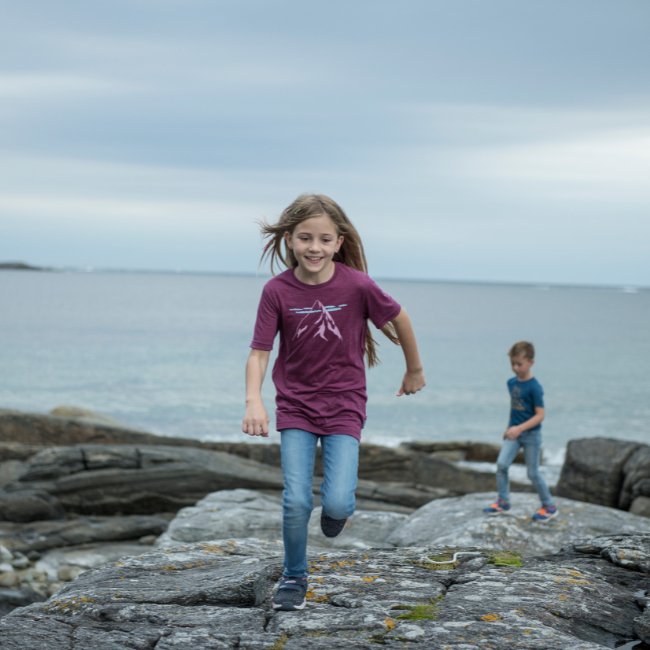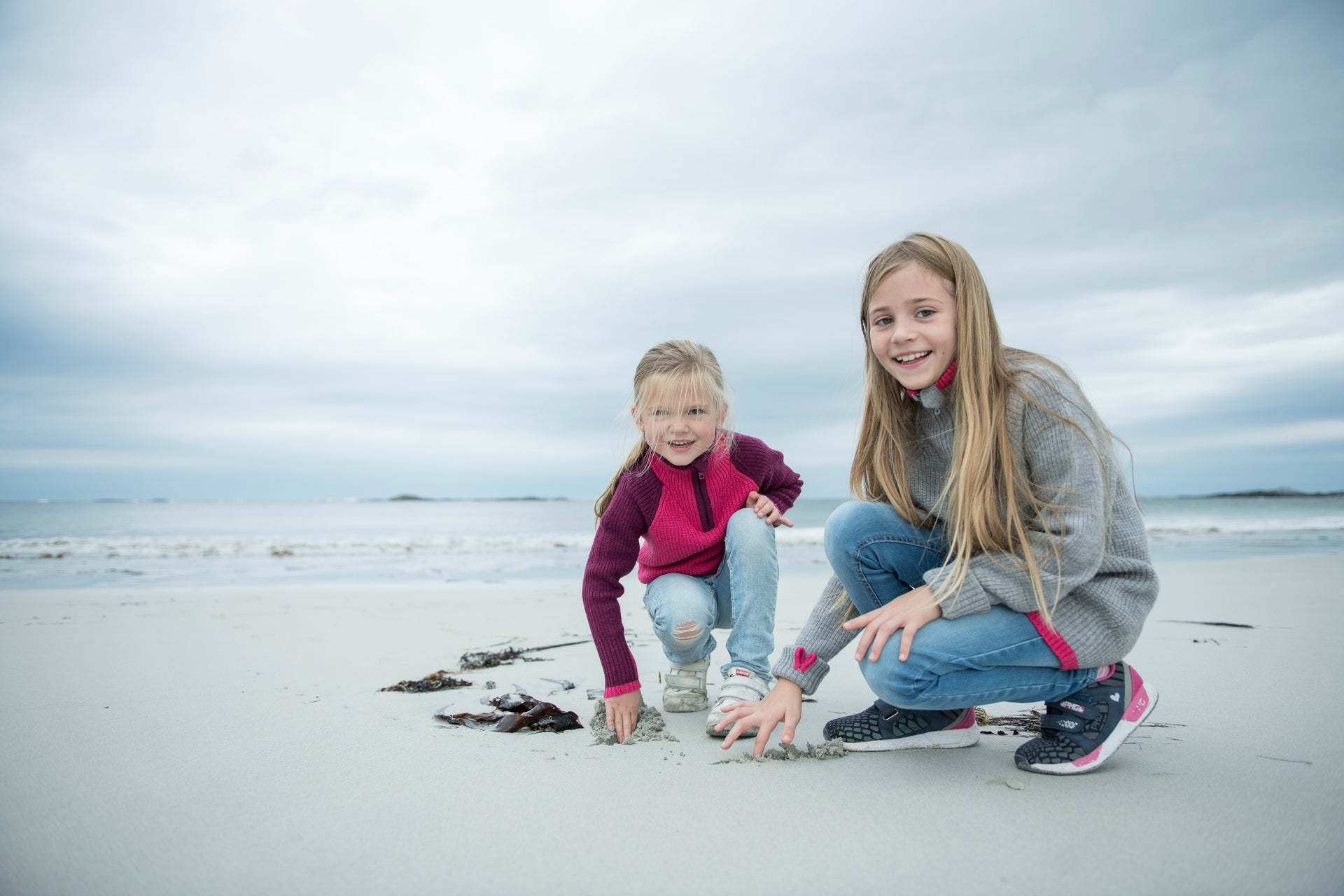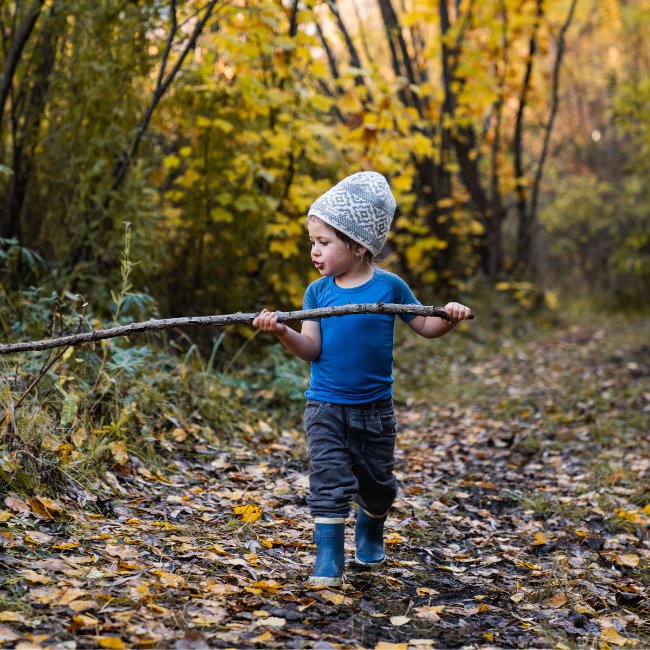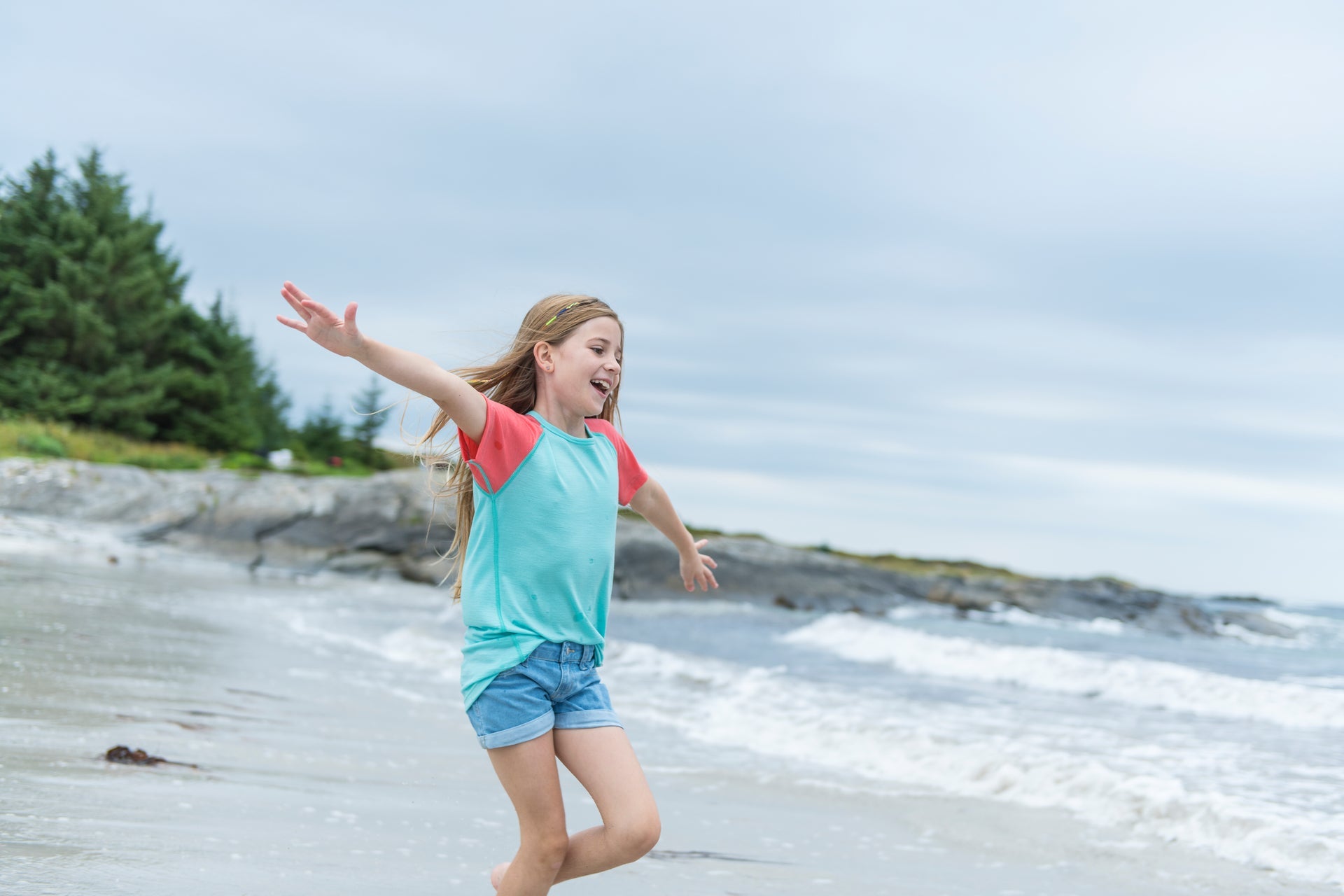Clothing that not only comes from the earth but returns to the soil as quietly as it came? Please, tell us more.
Over the past year we’ve seen a global collective shift towards the environment. Consumers are becoming increasingly aware, and increasingly vocal, about the impact fast fashion has on the planet. Public pressure, and greater scrutiny means brands are having to rethink how they produce their clothes and redefine what it means to create sustainable garments.
But for Devold’s Sarah Perriam that's old news and (as far as she's concerned) the world is finally catching up. “Devold has always been built on the premise of slow fashion. Our garments are designed as legacy pieces, created to sustain their life for longer than yours,” she says.
“We actually want you to buy once and buy for life. We want your children, and your children's children to wear the jumper that you bought. And it’s not just about creating quality garments, it’s about having a conscience. It's about considering the footprint we are making on the planet and doing everything we can to minimize it,” Perriam added.
In New Zealand over 380,000 tonnes of textiles are imported, with over half of that ending up in landfill. A 2019 study found that 87 per cent of microplastics found in Auckland’s waterways came from synthetic textiles, while the bulk of the world's clothing is made from non-biodegradable plastic.
But slow fashion doesn't mean going without, it’s simply about changing the way we consume. Do you know who made your clothes? What are they made from? Will you keep this garment, or will it end up in landfill? We all have a duty to reflect on how our choices impact the planet
For Devold, every garment is crafted from natural, biodegradable fibers such as merino wool and tencel. The company also employs a vertical model, meaning they have control over every step of the manufacturing process. “Because we oversee the entire model we can do things like ship all the wool at once to reduce our carbon footprint, or transport only by sea and land,” Perriam continued.
“We aren't saying we’re perfect, but we’re doing everything we can to craft sustainable clothing, in a sustainable way, and we want you to join us in asking the hard questions,” Perriam finished.




